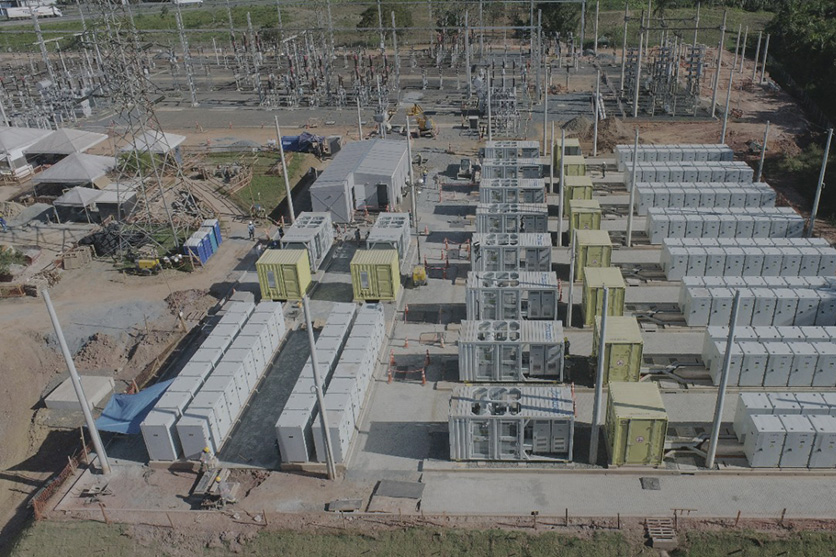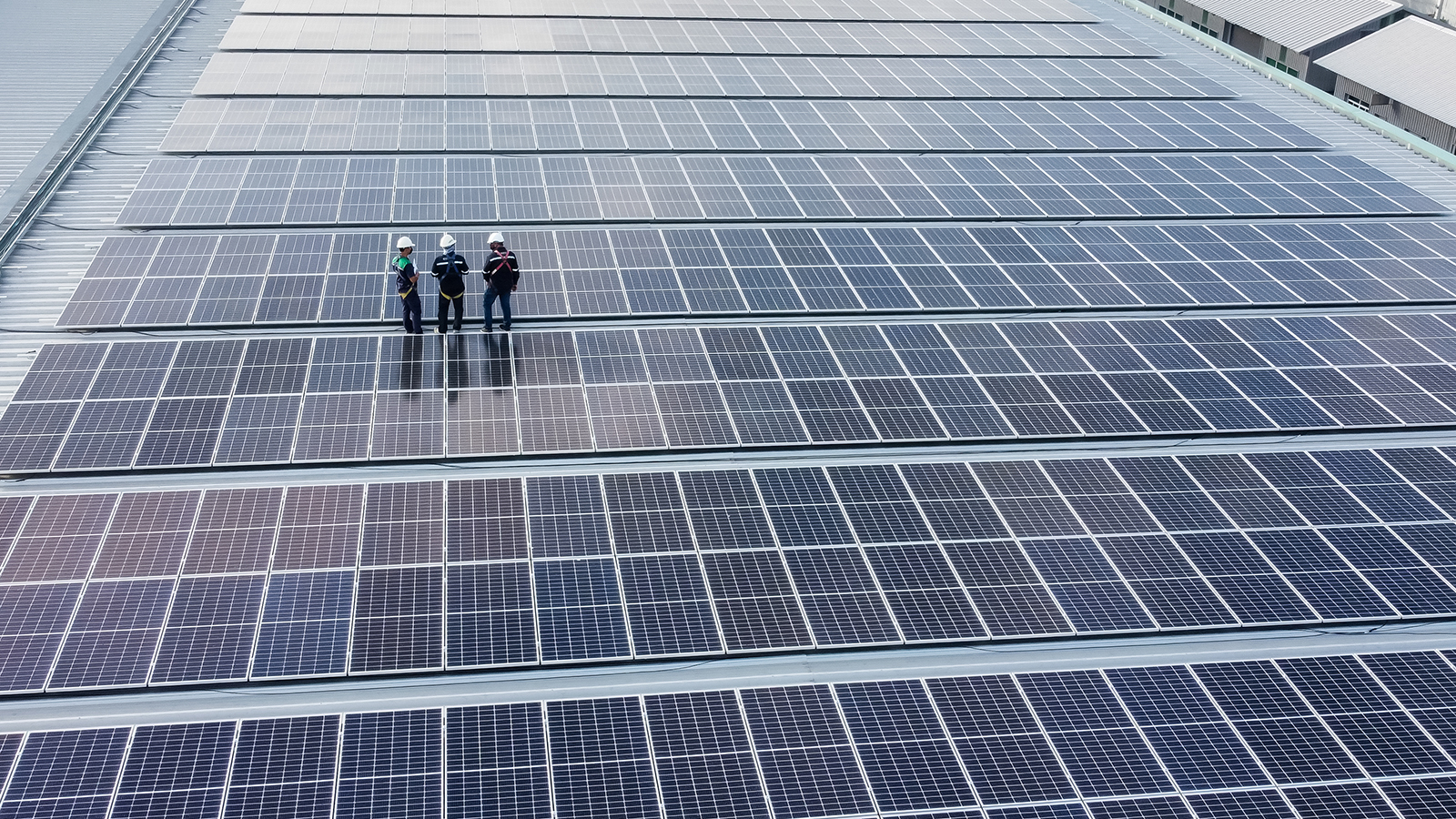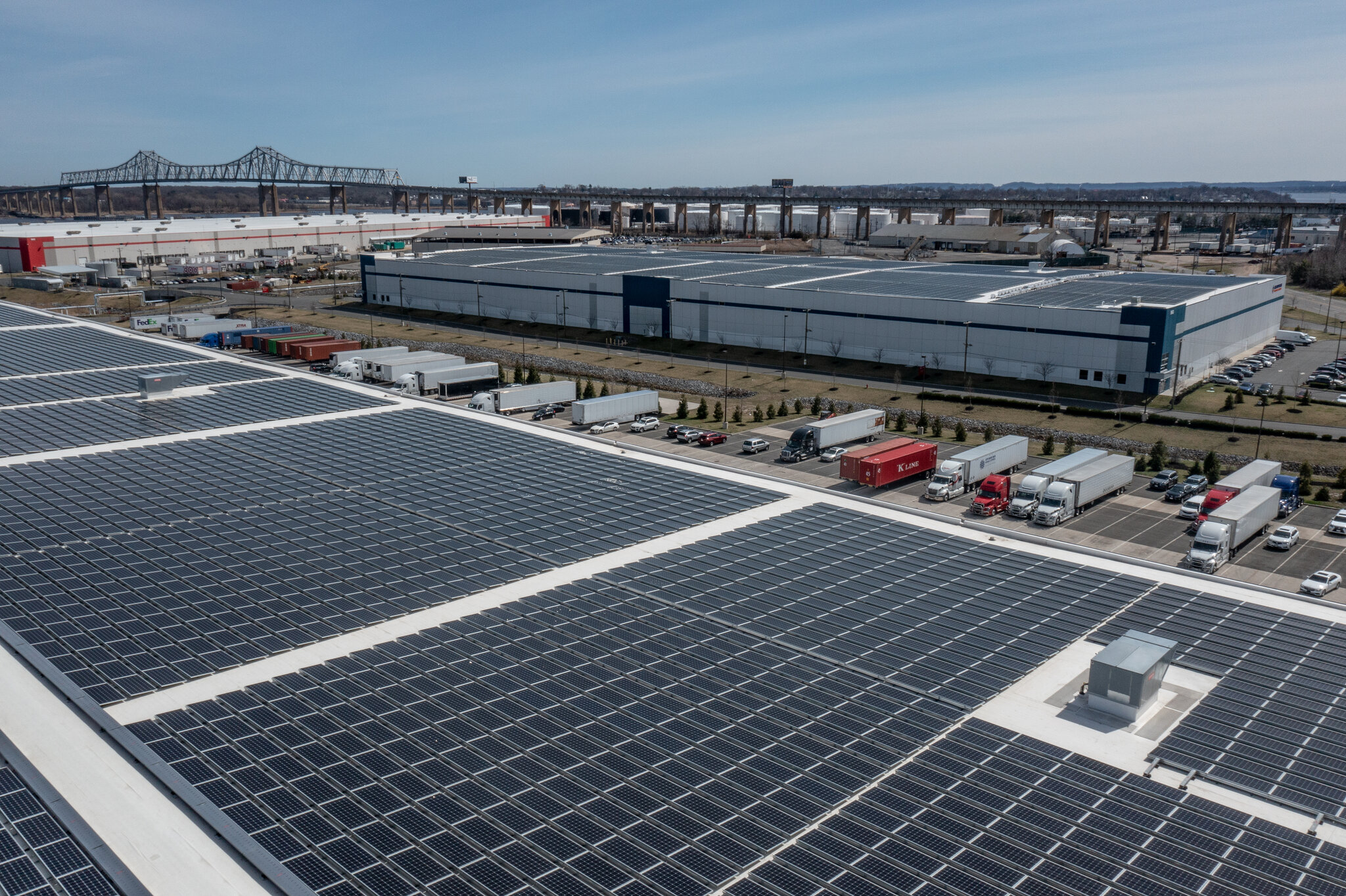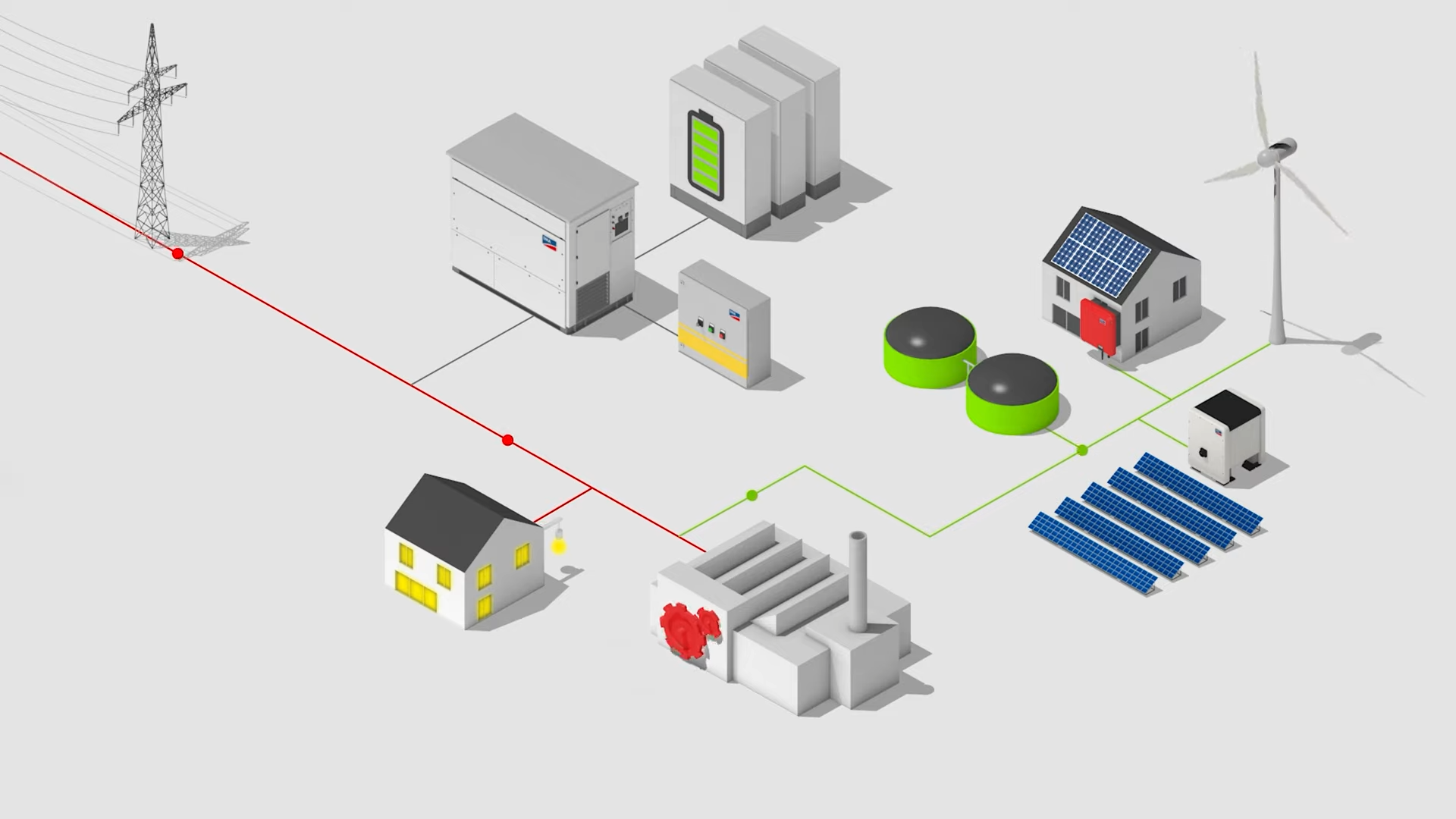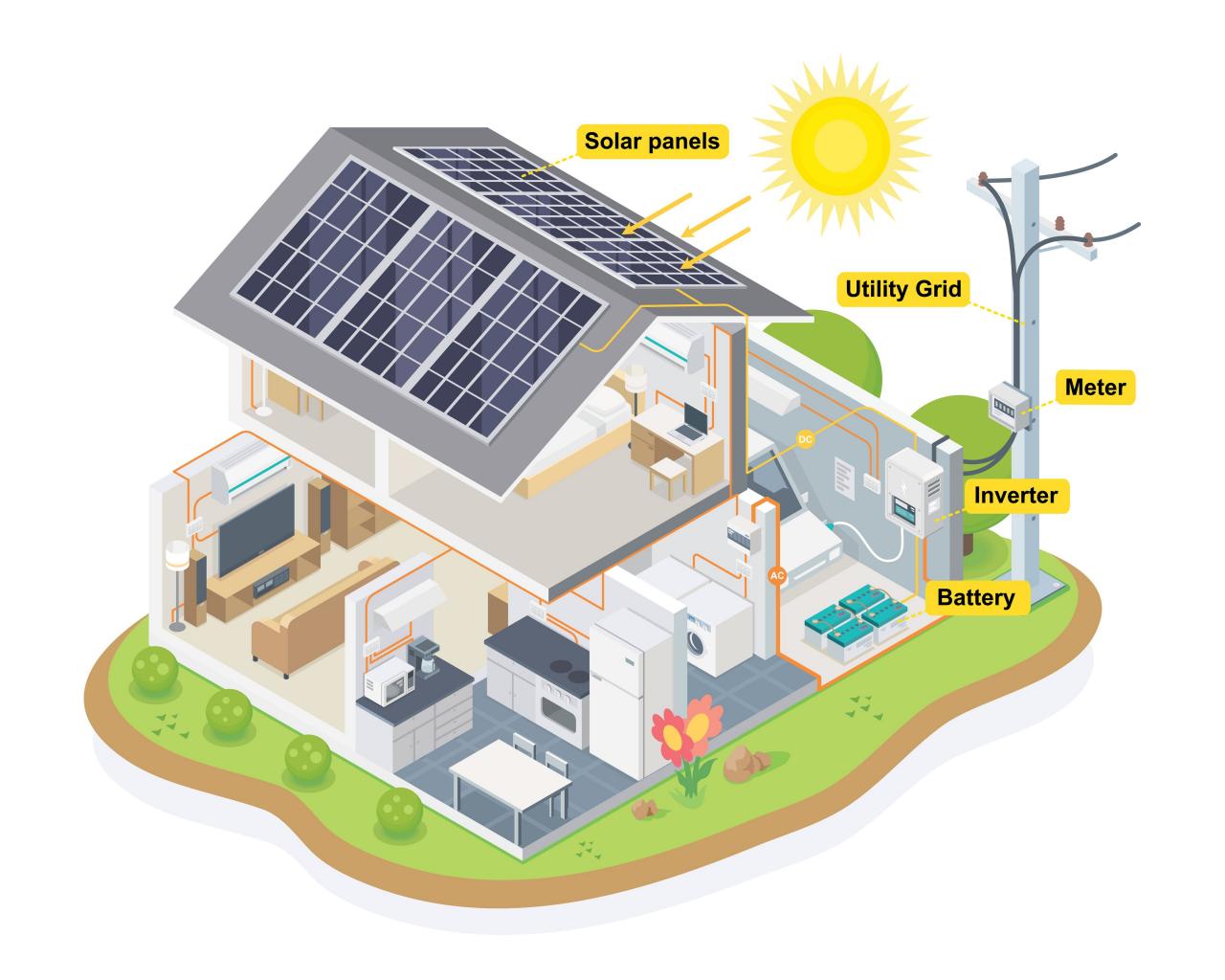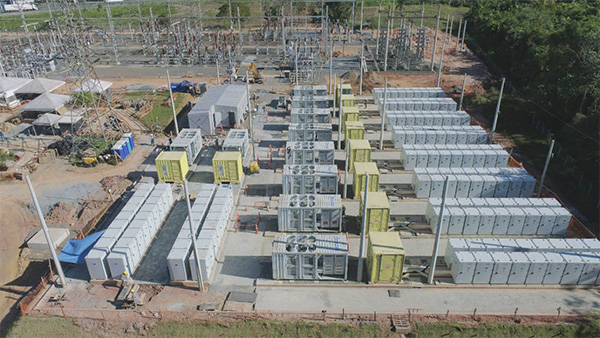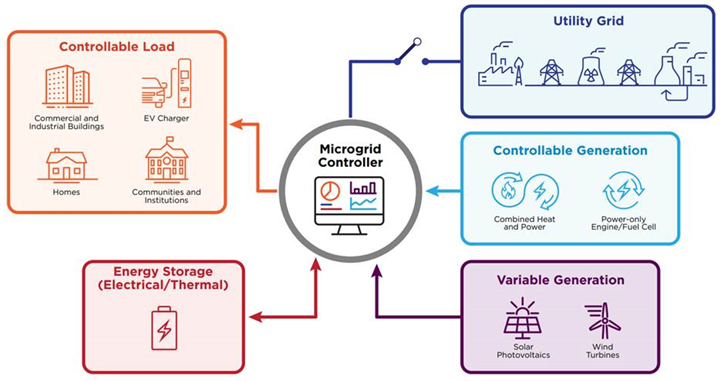
Introduction: The evolution of electron-based technology has been a cornerstone of human progress. From powering the first lightbulbs to driving the latest AI algorithms, electrons have been instrumental in shaping our modern world. This article explores this journey, now entering a new phase likened to an Industrial Revolution, as described by industry leaders like Nvidia's CEO.
The Dawn of the Electric Age: The electrification of society marked the beginning of a transformative era. In the 19th century, visionaries like Michael Faraday and Thomas Edison utilized electron flow to bring about a new age of light and power. This period saw the raw materials of fuel and water converted into electricity in factories, revolutionizing industries and daily life, and setting the stage for unprecedented growth and development.
The Portable Power Revolution: Batteries: The evolution of batteries marks a significant chapter in the story of electron-based technology. As electricity's influence extended its reach, the need to store and mobilize this power became increasingly critical. From the early innovations of Alessandro Volta to the highly efficient lithium-ion cells of today, batteries have undergone a remarkable transformation. Initially designed to power small devices and later electric vehicles, their function has expanded to a grander scale – the power grid itself.
Modern batteries, particularly those based on lithium-ion technology, are now crucial in managing and stabilizing energy distribution in power grids. They offer a solution for storing excess energy generated from intermittent sources like solar and wind, addressing one of the biggest challenges in renewable energy. This stored power can be released during peak demand times or when the renewable sources are not producing, ensuring a consistent and reliable energy supply.
This capability represents a significant leap in how we harness and utilize electron flow. It's not just about providing power on the move anymore; it's about creating a more resilient, efficient, and sustainable energy system. Batteries have become pivotal in our journey towards a greener future, showcasing their role as more than just portable power sources but as foundational elements in modern energy infrastructure.
The Era of High-Tech Electronics: GPUs and Beyond: Electron management achieved unprecedented sophistication with the advent of high-tech electronics, especially in advanced GPUs like those produced by Nvidia. These Graphics Processing Units, initially designed for rendering complex graphics, have evolved far beyond their original purpose. Today, they are the backbone of intense computational tasks, including those in the realm of artificial intelligence.
Among the most remarkable applications of this technology are generative AI and models like ChatGPT. Generative AI refers to algorithms that can create content, whether it's text, images, or even music, by learning from vast amounts of data. ChatGPT, a sophisticated language model developed by OpenAI, exemplifies this. It interacts in a conversational manner, generating human-like text based on the input it receives. These systems rely heavily on the processing power of GPUs for their operations.
The advanced capabilities of GPUs enable these AI models to process and analyze large datasets rapidly, learn from them, and generate responses in real-time. This is only possible due to the efficient and high-speed electron movement within these processors, allowing for billions of calculations per second. The implications are profound, extending into fields like natural language processing, machine learning, and beyond, opening new frontiers in human-computer interaction and the capabilities of AI.
A New Industrial Revolution: AI Factories: Jensen Huang of Nvidia draws a compelling parallel between traditional industrial revolutions and today's technological leaps. In his view, the modern data center is akin to an AI factory. Here, the raw materials are data and electricity, both intricately linked to electron flow. The output, however, is not a tangible product but 'data tokens' - units of intelligence or processed information. These tokens, while invisible, hold immense value and are distributed globally, representing a new kind of product born from the advanced manipulation of data and electron-driven processes.
Conclusion: A Future Powered by Electrons: The journey of electron-based technology, from powering lightbulbs to driving AI revolutions, showcases the ingenuity of human innovation. As we embrace new technological horizons, from quantum computing to sustainable energy solutions, electrons remain at the heart of our progress. This ongoing evolution reflects not just our scientific advancements but our capacity for imaginative and transformative thinking, with electrons continuing to be the silent yet powerful architects of our civilization.


